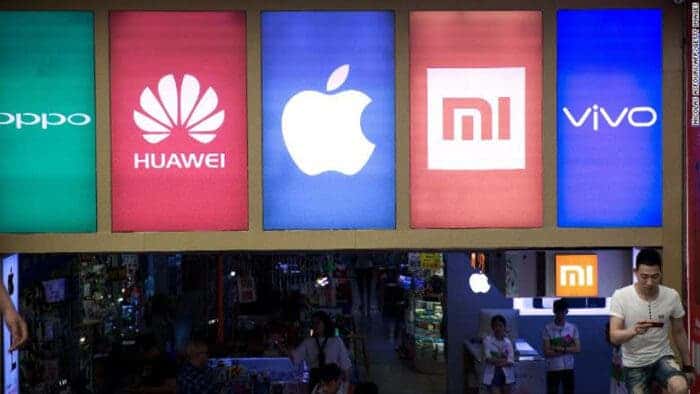Android updates are delivered as they become available, and their arrival is not guaranteed. The positive development is that various manufacturers have recently declared an extension of support for Android updates and security features, covering at least some of their smartphone models.
If you’ve lost track of the offerings from different manufacturers, we’ve gathered the latest information on the duration of updates promised by each, along with the details and conditions associated with these commitments.
Android Update Promises by Phone Brands
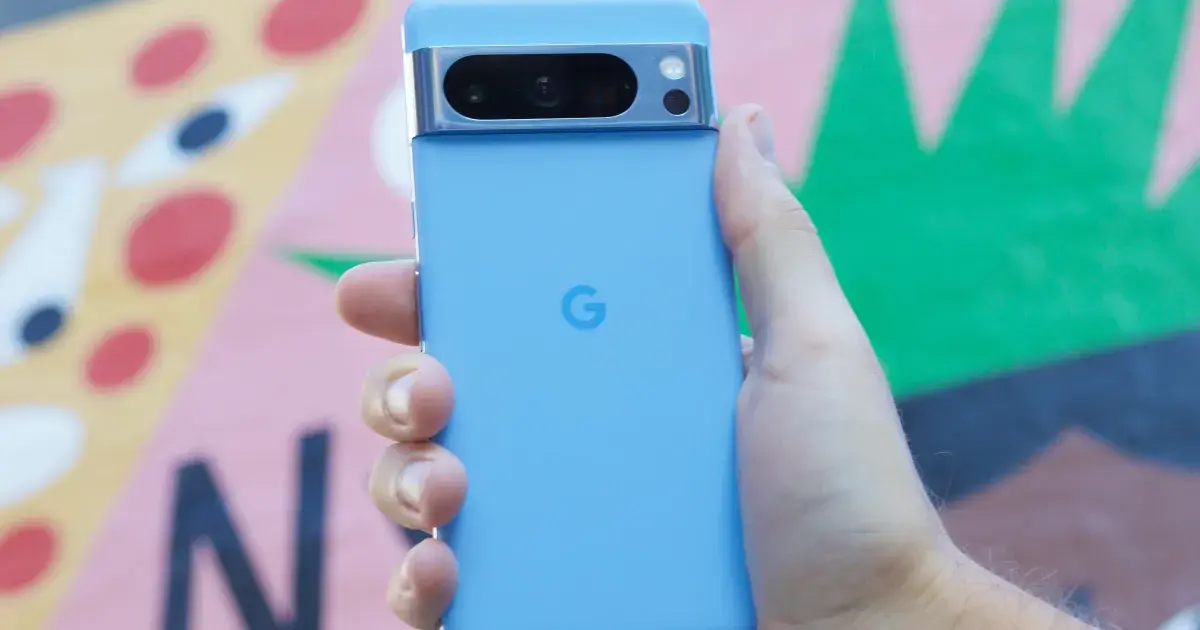
If prioritizing prompt Android updates is a key consideration for you in selecting a phone, few options surpass the efficiency of choosing a Google Pixel. Notably, these updates arrive sooner than those on any other phone, eliminating the waiting period. Additionally, Google Pixels are launched with the latest Android version pre-installed.
With the introduction of the Google Pixel 8, Google has claimed the title of Android update champion by committing to providing seven years of both system and security updates. For preceding models, users can expect three years of new Android versions and five years of security updates.
Summary of Android Updates:
- Google Pixel 8: Seven years
- Previous Models: Three years
Summary of Security Updates:
- Google Pixel 8: Seven years
- Google Pixel 6: Five years
- Previous Models: Three years
Samsung
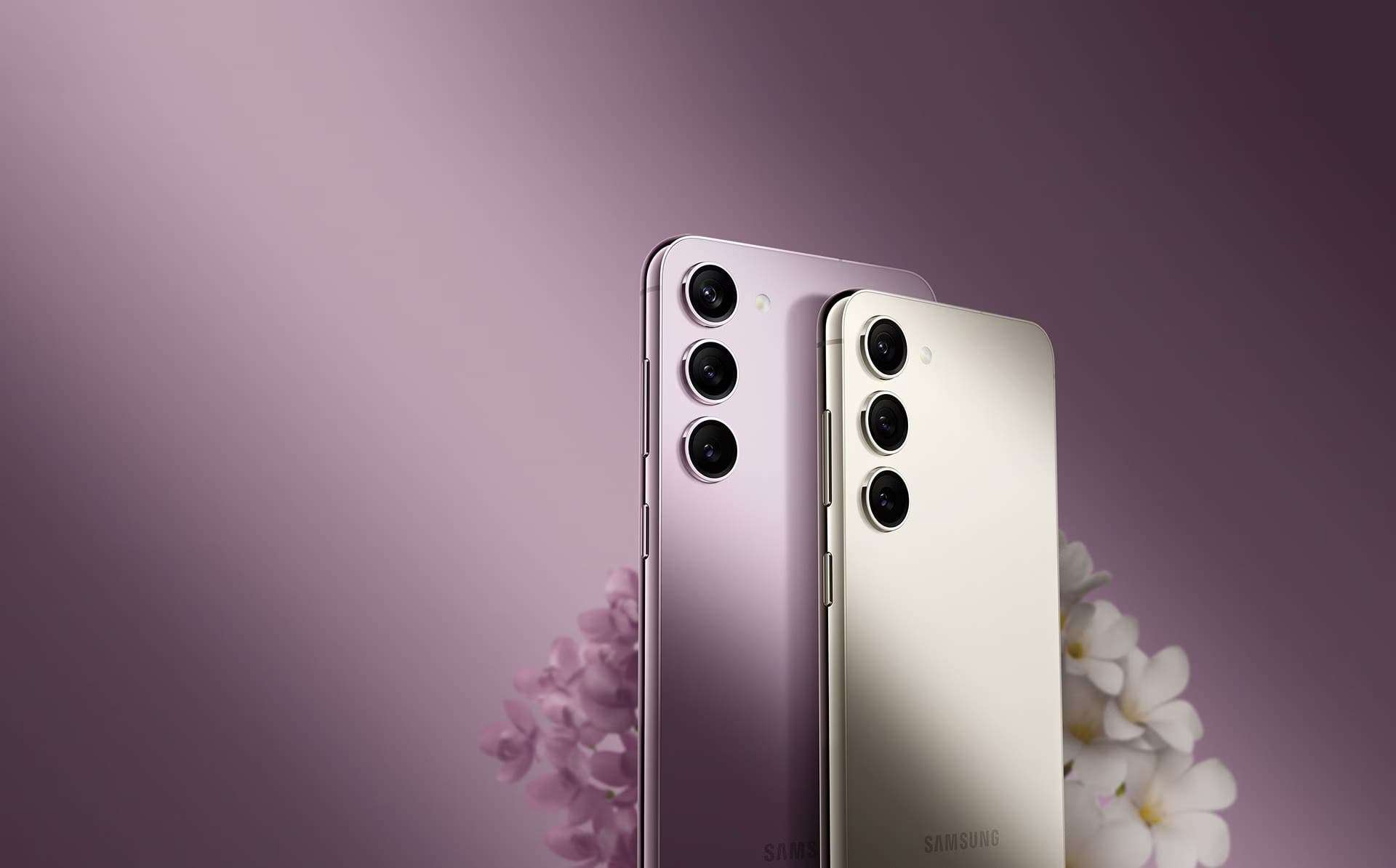
Samsung has been at the forefront, breaking away from the traditional two-year update window for Android. Initially committing to three years of updates, the company later elevated its promise to four years for its latest high-end models, extending beyond the norm. You can find the complete list here.
Given Samsung’s extensive mobile catalog, a general guideline is that high-end smartphones will enjoy four years of updates, while others may receive three or two. Basic terminals typically get one, and sometimes none at all.
Regarding security updates, Samsung is pushing the boundaries by offering five years of support for its cutting-edge handsets and select business phones:
Android Updates:
- Up to four years for high-end devices (Galaxy S, Galaxy Z, Galaxy Tab S, and certain Galaxy A models).
- Three years for other high-end and medium-high phones.
- Two years for the mid-range.
- One or none for the rest.
Security Updates:
- Up to five years for high-end or enterprise models.
- Four years for others, with a reduced duration for lower-range devices.
OnePlus
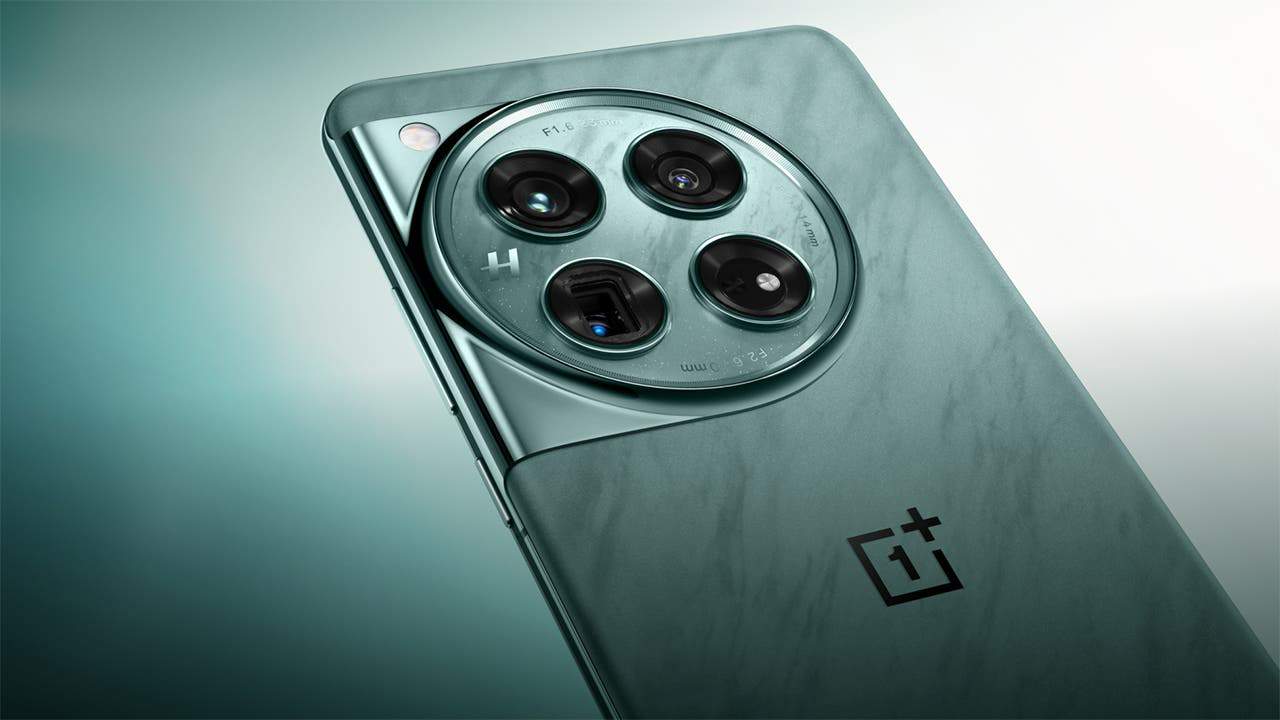
OnePlus recently took a commendable step by extending its update support by an additional year. Consequently, the company now ensures four years of Android updates for its most powerful smartphones, with this policy taking effect from 2023 onward. However, the mid-range devices will maintain a two-year update cycle.
The approach to Android updates at OnePlus is diversified across three tiers. Specific high-end models will enjoy four years of updates, while others in the high-end category will receive updates for three years. The mid-range OnePlus Nord will have a two-year update cycle, and entry-level models like the OnePlus N10 and N100 will receive updates for a single year. Security updates are similarly extended, lasting for three or four years in high-end devices and three years for the rest.
Summary of Android Updates:
- Four years for selected high-end phones.
- Three years for other high-end phones.
- Two years for the mid-range.
- One year for the entry-level range.
Summary of Security Updates:
- Five years for the next high-end phones.
- Four years for other high-end phones.
- Three years for the rest.
Oppo
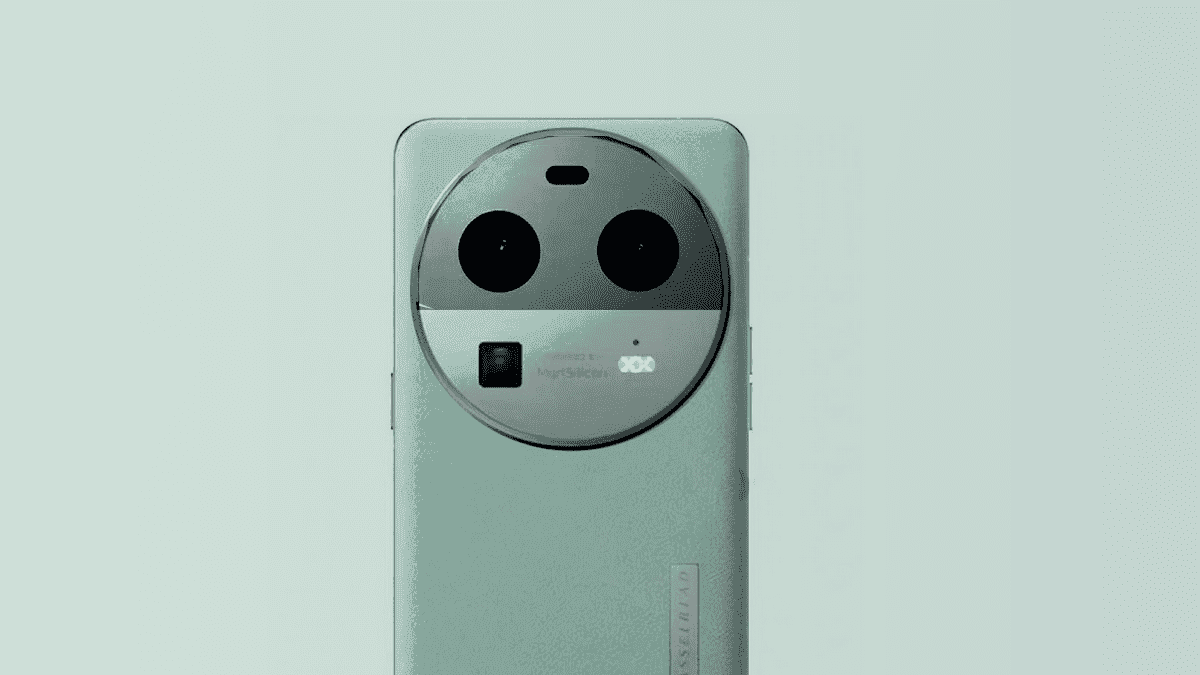
OPPO has recently joined the trend of enhanced Android update support. High-end phones released in 2023 from OPPO will benefit from four years of Android updates, accompanied by an impressive five-year duration for security updates.
For other OPPO devices, a general guideline applies, with no fixed rules. The more powerful devices are expected to receive two years of updates, gradually reducing to one or none as you move down to the mid-range and entry-level segments.
Summary of Android Updates:
- Four years for “select high-end phones” from 2023.
- Three or fewer years for the rest.
Summary of Security Updates:
- Up to five years for select high-end phones in 2023.
- Information about other models is currently unavailable.
Vivo
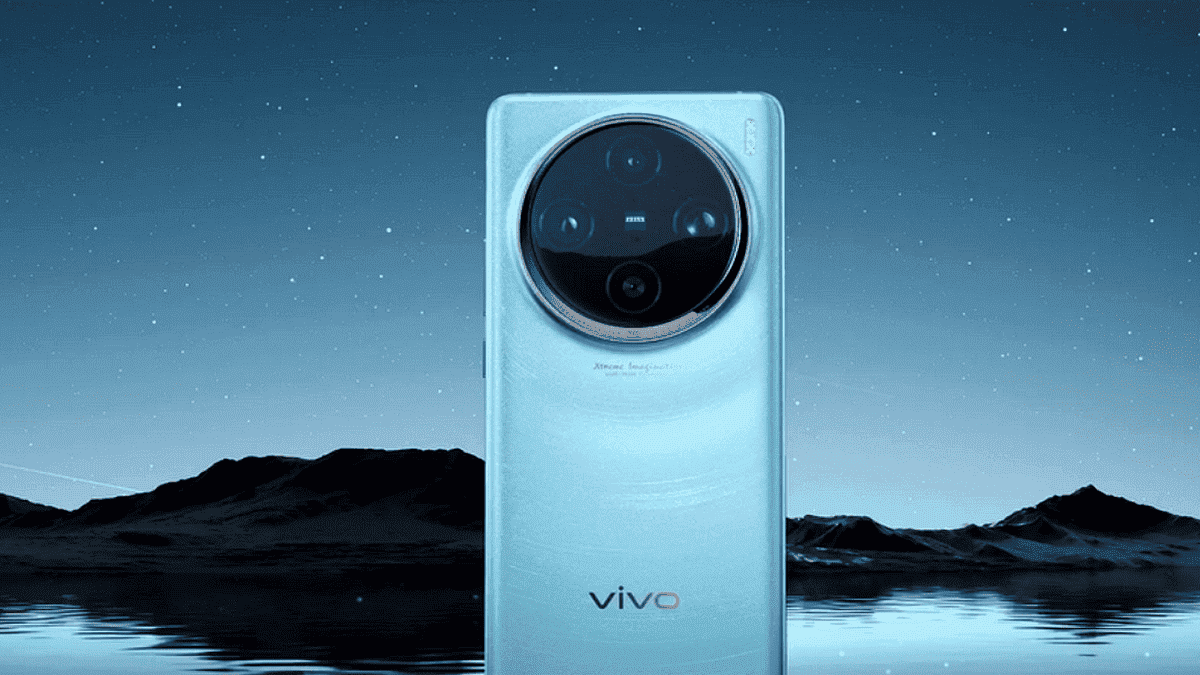
Vivo has made a noteworthy departure from the standard two-year update cycle by announcing extended support for its most robust models, the X series. These flagship models will now receive up to three years of both Android and security updates, starting with new models launched this year.
However, for the remaining series, no rigid rules have been established, and the update duration will vary case by case. It is reasonable to anticipate that mid-to-high range devices may receive updates for two years, while more budget-friendly models could have a one or none update policy.
Summary of Android Updates:
- Three years for the latest Vivo X models.
- Two or fewer years for other series.
Summary of Security Updates:
- Three years for the new Vivo X models.
- Information about update durations for other series is currently unavailable.
Nokia
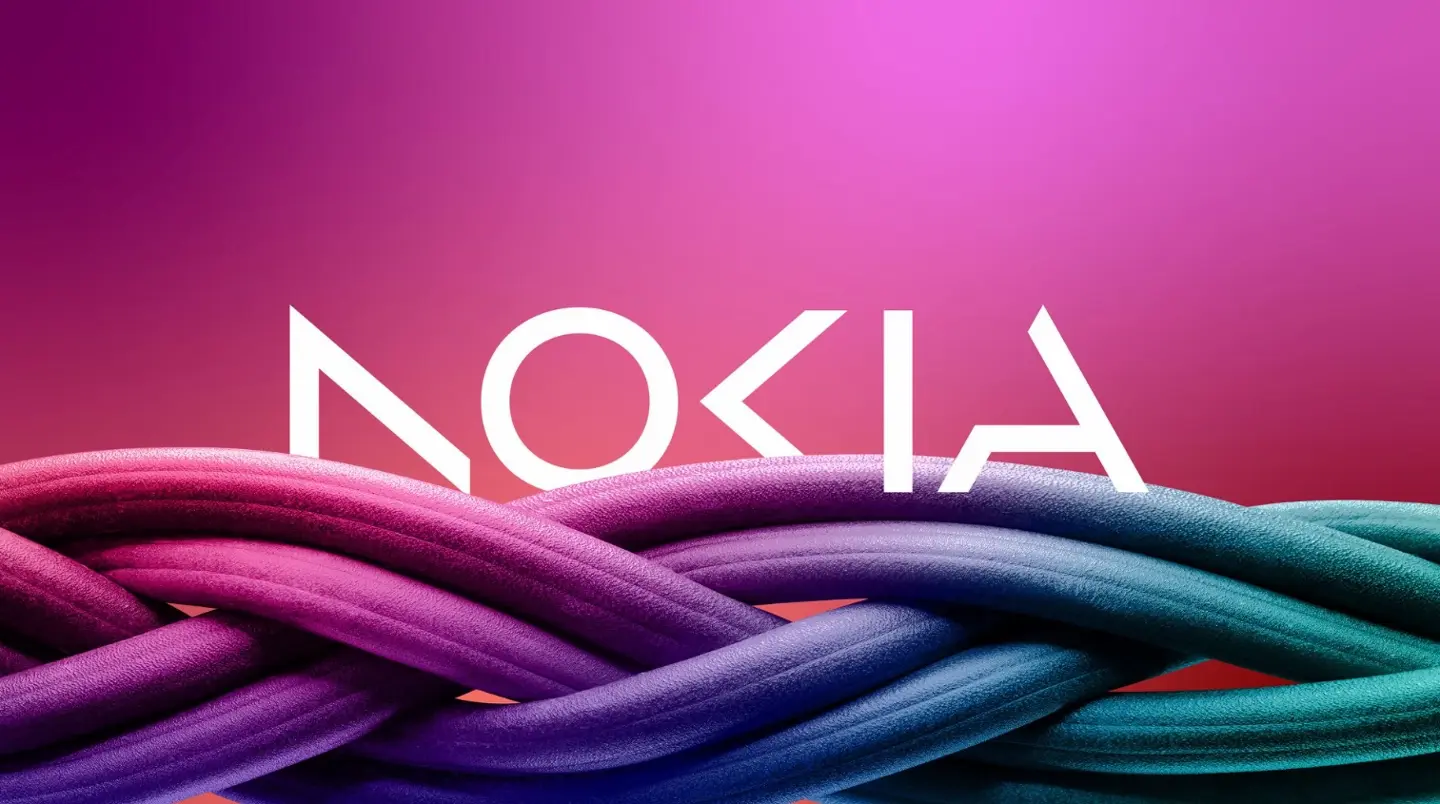
Gizchina News of the week
Nokia’s catalog prominently features Android One, historically among the first to outline update plans for each new Android version. While there have been shifts in recent months, the prevailing norm remains two years of updates. Notably, some of Nokia’s more budget-friendly devices continue to receive updates, exemplified by the Nokia 1, initially launched with Android 8.1 Go and subsequently updated to Android 10 Go.
In a recent development, Nokia has announced a commitment to three years of Android and system updates for select models, such as the Nokia X10 and X20. However, there is no additional information regarding other devices, leading to the assumption that the rest of the catalog adheres to the standard two-year update cycle unless stated otherwise.
Summary of Android Updates:
- Three years for the Nokia X10 and X20.
- Two years for other Nokia models.
Summary of Security Updates:
- Three years for the Nokia X10 and X20.
- Two years for other Nokia models.
Xiaomi
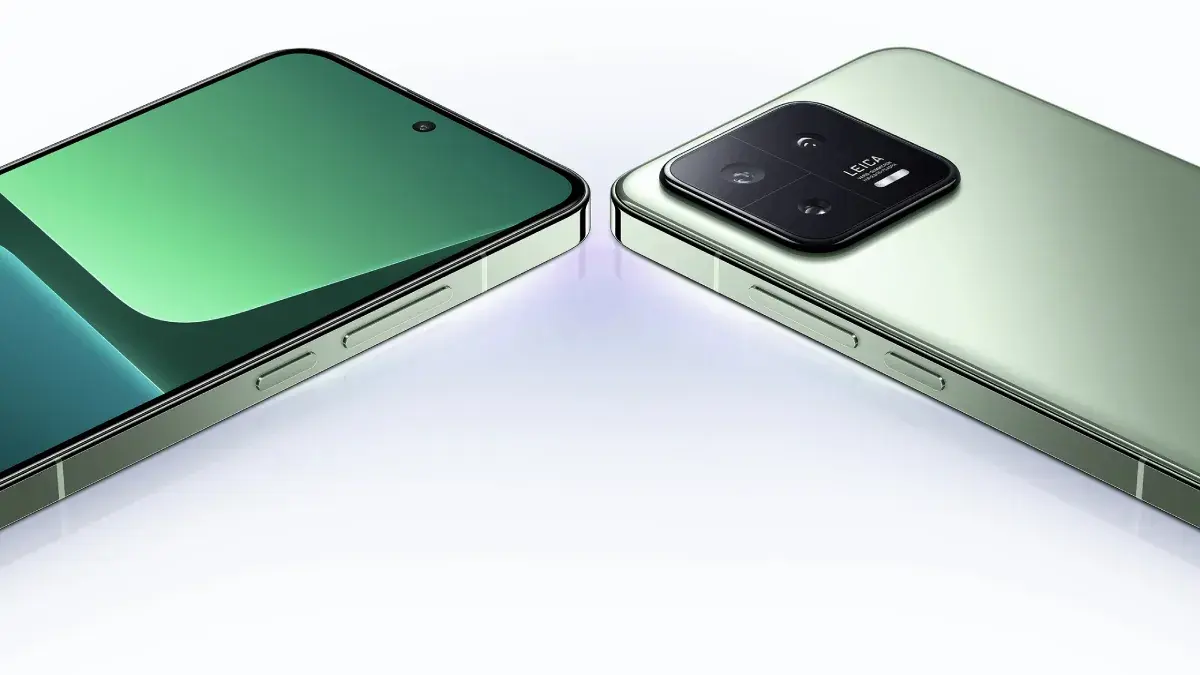
Xiaomi has traditionally placed a higher emphasis on the MIUI version rather than the Android version, making the logic behind its update policy a bit complex. However, a recent surprise came in the form of a commitment to extended support, starting with the Xiaomi 13T, which promises four years of updates and an impressive five years of security.
This represents an exception to the rule, with the Xiaomi 11T following suit by offering three years of updates. For the remaining devices, the prevailing norm remains at two years of Android updates, with variability that may extend to one or none.
Summary of Android Updates:
- Four years for the Xiaomi 13T.
- Three years for the Xiaomi 11T.
- Two, one, or none for the rest.
Summary of Security Updates:
- Five years for the Xiaomi 13T.
- Four years for the Xiaomi 11T.
- At least two years for the rest.
LG
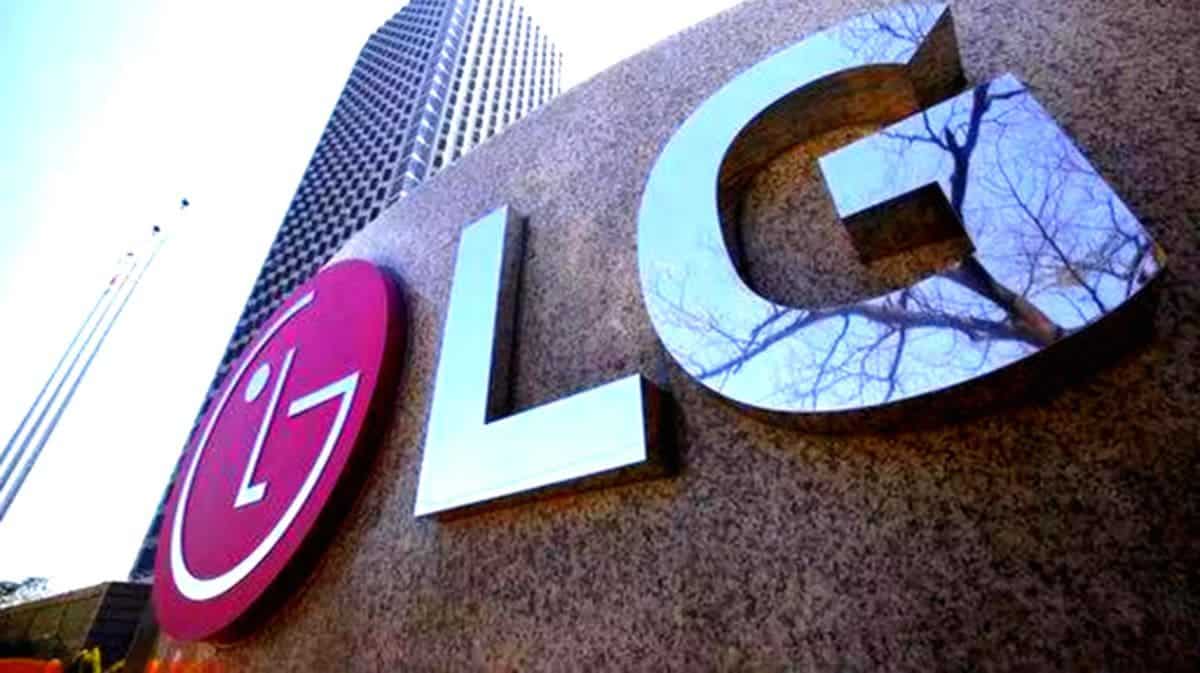
Despite officially exiting the mobile business, LG, with remaining stock and recently launched high-end devices, seeks to reassure users by announcing extended support for up to three years of Android updates.
This prolonged support specifically applies to LG’s premium phones, encompassing the LG G, LG V, LG Velvet, and LG Wing series released from 2019 onward. Meanwhile, other LG terminals adhere to the standard policy of two years of upgrades.
Summary of Android Updates:
- Up to three years for the LG G, V, Velvet, and Wing series.
- Two years for other LG models.
Summary of Security Updates:
- Up to three years for the LG G, V, Velvet, and Wing series.
- Two years for other LG models.
Realme, Huawei, Honor, Sony, and Motorola
Several manufacturers have publicly communicated their intentions to go beyond the standard duration for Android or security updates. However, certain brands, including Huawei, Honor, Sony, and Motorola, have not made official statements regarding extended support.
In cases where no specific announcement has been made, the typical scenario involves high-end models receiving updates for two years. This duration is likely to decrease to one or none for mid-range and entry-level devices, although such commitments are not guaranteed in the absence of official statements.
Is it important to choose a smartphone with a long software support period?

Whether it’s important to choose a smartphone with a long software support period depends on your individual needs and priorities. Here are some factors to consider:
Benefits of a long software support period:
- Enhanced security and stability: Software updates often patch vulnerabilities discovered in the operating system, protecting you from hacking and malware. Long-term support ensures you receive these updates for a longer duration.
- Access to new features and functionality: Updates can introduce new features, improve existing ones, and optimize performance. Staying current ensures you don’t miss out on the latest developments.
- Compatibility with the latest apps and services: Some apps and services may eventually stop supporting outdated software versions. Long-term support helps avoid this issue.
- Higher resale value: Phones with longer software support tend to hold their value better as they remain usable for longer.
- Sustainability: Keeping your phone longer and utilizing updates minimizes e-waste generation.
Things to consider:
- Length of support offered: Different manufacturers offer varying support periods, ranging from just a few years to five or even six years for some brands. Evaluate your planned usage period and choose accordingly.
- Update frequency and reliability: Frequent and reliable updates are crucial for maximizing the benefits. Research the manufacturer’s track record in delivering timely and consistent updates.
- Your upgrade habits: If you tend to upgrade phones frequently, the support period may not be a significant factor.
- Budget: Phones with longer support periods may be slightly more expensive, so weigh the benefits against the additional cost.
Ultimately, the decision is personal:
- For security-conscious users, power users who rely on the latest features, and those seeking value retention, a long software support period is highly valuable.
- For casual users who upgrade frequently or prioritize lower cost, it may be less critical.
Do some research on specific phone models and manufacturers to compare their support policies and decide what best suits your needs.

